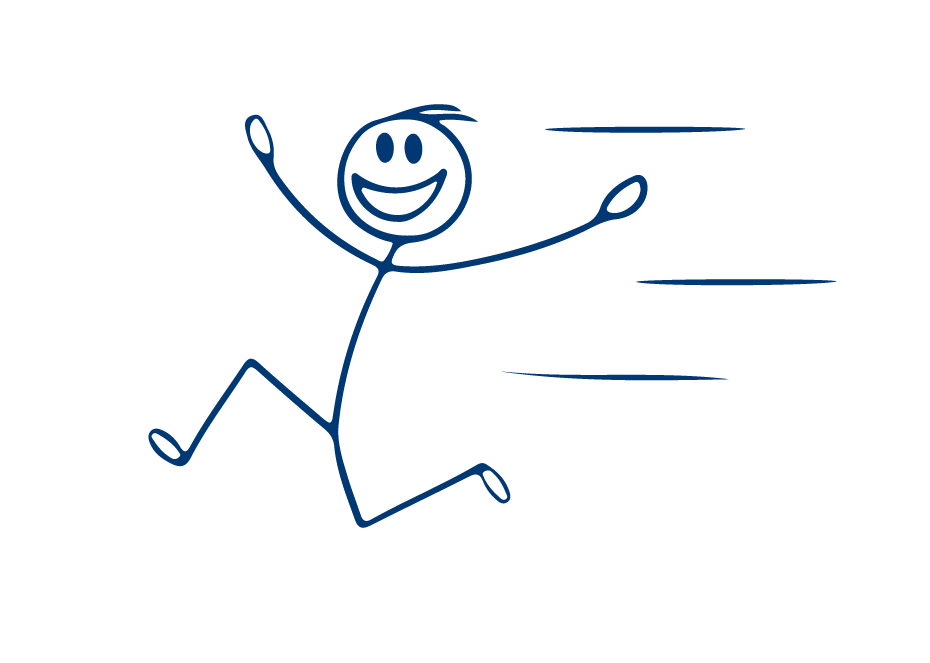All or Nothing
Removing the Stigma Surrounding Sensory Differences
All information by the STAR Institute
Is it Laziness or Postural Differences?

We tend to think of posture as how upright a person is, but did you know posture is more about movement and tension in our core?
One of our first jobs in life outside the womb involves the development of posture control. We quickly learn how to control our neck, arms, legs, and trunk to support positions and movements. As an infant unravels after being curled up in the small womb space, the must also build up the capacity to move against gravity. This involves strengthening muscles in the trunk and neck – lengthening some and shortening others.
Our posture dictates much of how we interact with the world. When we have low tone postural muscles or a postural difference, we often use different compensations to support our needs. And different situations might call for different responses.

Wiggly and Always Moving
Did you know it can take a lot of energy to sit or stand in a relaxed and upright position? If we have weak postural muscles it can be easier to be moving , wiggling, or running rather than being still and holding our bodies upright against gravity for extended amounts of time.

Looking Fatigued or Lazy
We've all slouched while sitting in a chair, leaned on the wall while standing around, or used our elbows to support ourselves while sitting at the table. This often happens when we are fatigued. We attempt to conserve the energy so we can also engage in other experiences, like listening, looking, learning, and eating.

We All Have a Finite Amount of Energy
If we have to use a large portion of our energy just to hold our body upright in space, we have limited energy to do anything else. When our tank run low or empties we can become dysregulated; negatively impacting our social interactions, emotional experience, cognitive functions, and more!

How can we support individuals with postural differences by adapting our environments and improving capacity in the individual?
- Have a variety of supportive seating options
- Provide movement breaks during class/ homework and work/meetings.
- Build up our core/ posture muscles with exercises like planks
- Reading in a relaxed, flexed position (like sitting in a beanbag chair) with the book at eye level helps to sustain attention and conserve energy
